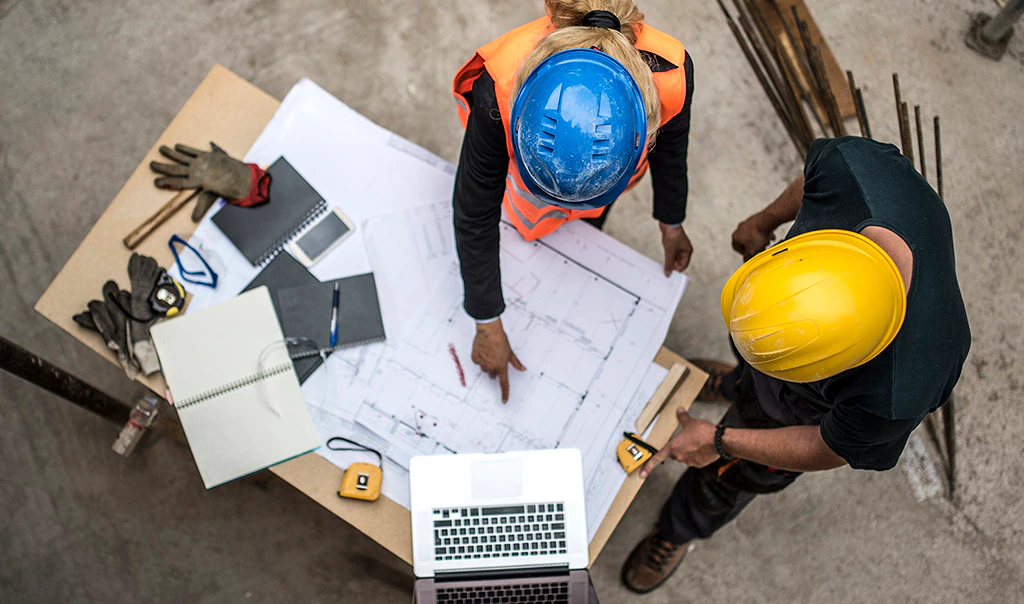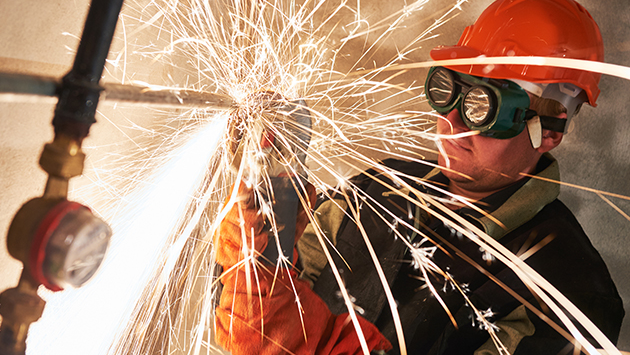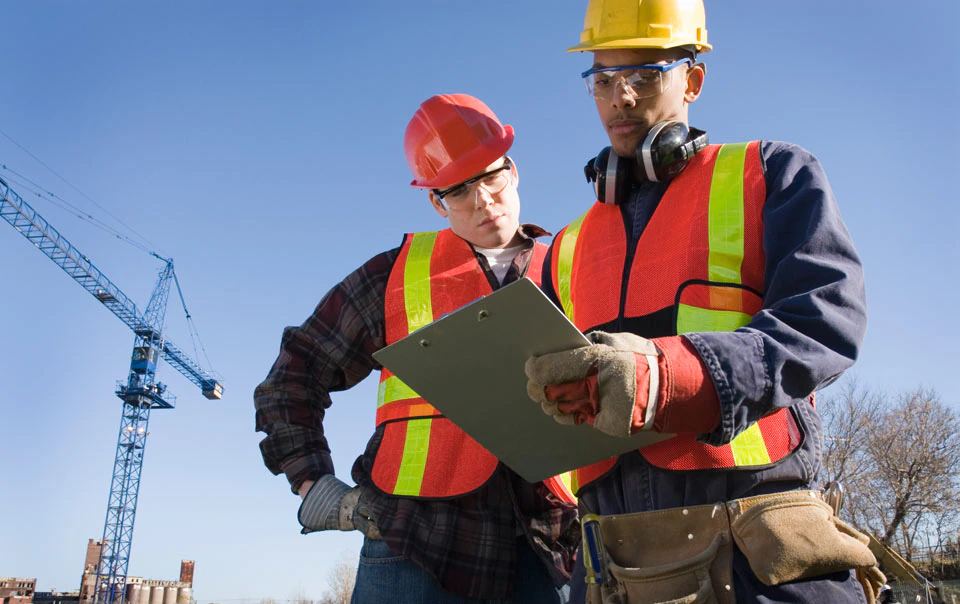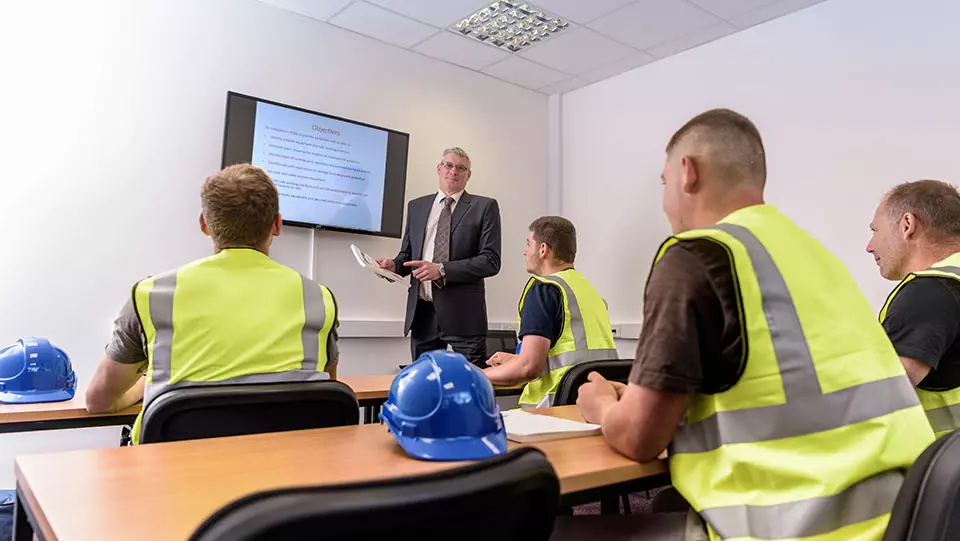Bridge Construction: Fall Prevention Tech Innovations Can Help Protect Workers’ Lives
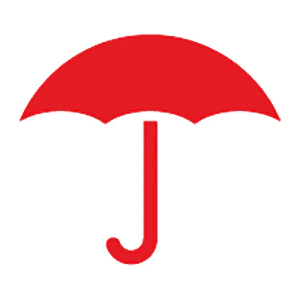
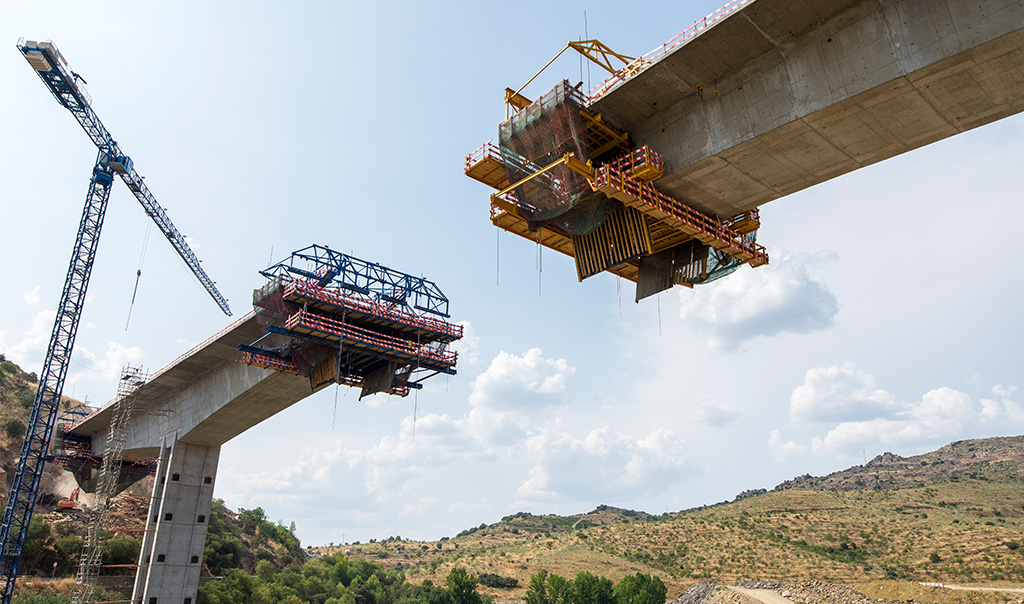
The ironworkers who built the St. Louis Gateway Arch in the 1960s did not wear personal fall protection, despite the dizzying 630-foot height of their worksite. Amazingly, not one fatality occurred.1
Unfortunately, the same cannot be said for many construction projects today. In fact, in 2020, a year when COVID-19 restrictions paused many projects, 350 construction workers fell to their deaths while on-site and accounted for more than one-third of all construction fatalities.2
Since the Arch’s construction, expectations for worker protection have increased and fall prevention technology has improved. But falls from heights continue, seriously injuring about 10,350 construction workers each year.3 In its 2021 “Survey on Underlying Causes of Falls from Heights,” the Center for Construction Research and Training (CPWR) found that:4
- 27% of respondents believe a lack of adequate planning is the primary cause of falls.
- Lack of planning is associated with a lower likelihood of using fall protection.
- Falls are 76% less likely to be fatal for workers who have received self-rescue training.
As these numbers show, the construction industry must continue its efforts to improve fall protection. This includes not only making time for detailed fall prevention planning but also properly training workers on all aspects of fall protection. Only then can safety plans effectively include fall protection innovations and supporting efforts to prevent falls.
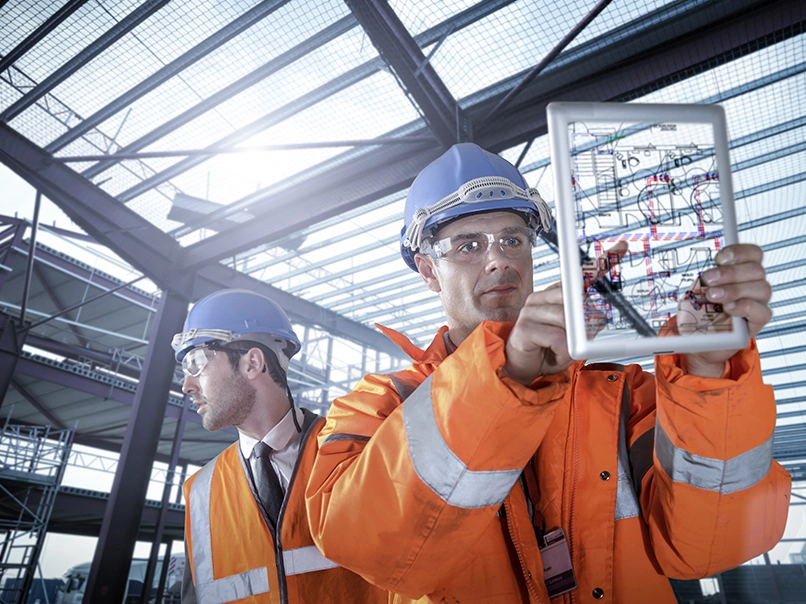
Travelers Innovation Network for Construction
Take advantage of access to and discounts* from this specially curated collection of vendors and resources, available to Travelers customers.
Types of fall protection
Fall protection can be broken into two main categories: passive and active. When properly used, these tools and techniques can help reduce fall incidents in bridge construction.
Passive fall protection
Once installed and maintained, passive fall protection is in place to protect everyone on-site. Types of passive fall protection include:
- Manufactured guardrail systems that are OSHA-compliant by design and are installed guardrails along bridges under construction.
- Scissor and aerial lifts that provide more versatility and improved safety as compared to traditional scaffolding. But they require appropriate training to make sure they’re used correctly. Some include features that allow them to articulate around corners. The worker can keep the base in the most secure area no matter where they are working. Workers using these mobile work platforms can operate entirely from a basket surrounded by guardrail systems.
To be effective, passive fall protection must be in place throughout the project, properly installed and maintained. This makes pre-planning and proper training imperative steps for those in charge of the project plan. Lastly, proper training for all workers on-site including subcontractors is critical. Subcontractors are often at higher risk for fatal falls.5
Depending on the work and its risks, workers may need to employ more than just passive fall protection to ensure their safety. Workers may need to attach themselves to scaffolding or to the basket of a mobile work platform, combining passive fall protection and active fall protection. An often-overlooked hazard is that the erectors of passive fall protection, including scaffolding, may need active fall protection as well to ensure their safety.
Active fall protection
Active fall protection systems require authorized users who have received proper training. Those users are responsible for operating the system correctly to help protect against falls. This training should include:
- Employer’s policies and procedures.
- Proper use of the fall protection systems and their components.
- Proper inspection, maintenance and care for the equipment.
Self-retracting devices (SRDs) are some of the most recent innovations in active fall protection. These devices act like an auto-locking seatbelt. Depending on how the wearer moves about their worksite, their SRD extends or retracts. If the wearer should fall, their SRD is designed to stop the fall.
SRDs are generally divided into two classes:
- Class 1: Self-retracting devices that should be used only on overhead anchorages and at a maximum free fall of 2 feet or less, in practical application.
- Class 2: Self-retracting devices that are intended for applications where overhead anchorages may not be available or feasible and which may, in practical application, be subjected to a free fall of no less than 6 feet, over an edge.
SRDs require proper training, especially regarding how to wear the device, inspection, fall clearances and use of proper anchor gages. New developments in SRD features include:
- Integrated load indicators that immediately notify supervisors if the wearer falls to help trigger the proper response.
- Built-in rescue devices such as a ratchet to crank for bringing up the person who fell.
- Shock absorbers that lessen the forces felt by the SRD wearer but still stop the fall.
- Developments in anchorage points, including temporary, ballasted and user-installed.
Wearable smart devices are beginning to be adopted for fall prevention and protection. Like a smartwatch, the smart device can detect wearers’ movements. If a fall is detected, the device can notify supervisors of the incident and of the worker’s location on the project site. If integrated into fall protection planning for future projects, these devices can be preprogrammed with site data such as potential fall locations. If a worker nears these hot spots, the device can alert them to the increased risk while informing supervisors of their location. Location data can benefit projects that include work locations without passive fall prevention.
For active fall protection to work effectively, workers must understand its proper use and use their safety equipment every time they are on-site. Nearly half of the people who witnessed or were involved in a fall said that no fall protection was being used at the time. Yet workers who believe fall protection is required by their employer, thanks in part to good training, are eight times more likely to use it than those who don’t.6 This makes it essential to include fall protection training as a part of worker onboarding while making a project’s safety plan.
The next evolution in fall prevention
Innovations in fall prevention are still evolving. Safety-minded engineers and forward-thinking construction leaders are more effectively utilizing the hierarchy of fall protection controls to reduce or even eliminate fall exposures. Examples of their innovations include accelerated bridge construction and emerging technologies such as robotics and acoustic imaging, all of which help to reduce the human risk required to complete a project.
Robotics technology for construction, such as rebar-tying machines, help to reduce the number of people needed on-site to complete intensive, repetitive tasks. These construction robots can improve site safety while operating in dangerously high worksites.
Acoustic imaging technologies can be used during the planning phase of a construction project. They help identify risks that people cannot detect with the naked eye. This technology is often used during bridge inspections to evaluate substructure quality, especially noting where it’s degraded.
Accelerated bridge construction helps reduce fall exposures by moving the worksite to a safer location. Rather than constructing a bridge over a gorge, valley or waterway, workers build it on safer ground near its final location. Once it’s close to completion, they can slide the new bridge into place on large hydraulic rollers before finalizing its connections on both ends. This approach helps reduce the duration of fall risks for workers.
Learn best practices for fall protection and prevention
The industry may have come a long way in protecting its workers on construction sites of great heights, but it must continue working hard to mitigate fall risks. One of the best opportunities to help improve safety is quality training and adhering to the most up-to-date best practices in fall safety.
To learn more about how to proactively plan an effective fall protection program, reference the American National Standards Institute’s (ANSI) family of fall protection standards. ANSI/ASSP Z359.1, available as a free download, is the part of the fall protection code that outlines the minimum requirements for a comprehensive managed fall protection program.
Work with an insurance carrier that understands bridge construction
With a deep understanding of bridge construction, Travelers helps firms manage potential risks, including how innovative developments can help improve safety. Travelers has over 100 Risk Control professionals dedicated to the construction industry.
Customers can access a range of on-site, online and on-demand tools, resources and services, many specifically focused on the unique risks and exposures of the construction industry. For example, the Travelers Fall Protection Awareness Series includes 10 modules where contractor customers learn about common fall hazards and best practices to help protect workers. Fall protection supervisor talks, checklists and task-specific fall protection guides are among the many pre-emptive resources also available to Travelers customers.
Should an accident occur, workers compensation insurance coverage from Travelers helps protect both you and your employees. As the No. 1 writer of workers compensation insurance in the United States,7 our flexible solutions, responsive service and cutting-edge innovation empower our customers to help keep employees safe and businesses healthy.
Learn more about Travelers’ expertise in bridge construction and ask your insurance agent about our bridge contractors insurance.
Sources
1 The Gateway Arch. Building the Gateway Arch. Oct. 22, 2021. https://www.gatewayarch.com/building-the-gateway-arch/
2 National Institute for Occupational Safety and Health (NIOSH). National Safety Stand-Down to Prevent Falls in Construction. April 27, 2022.
3 NIOSH [2019]. Prevent Construction Falls from Roofs, Ladders, and Scaffolds. Revised 11/2019. https://doi.org/10.26616/NIOSHPUB2019128revised112019
4,5,6 CPWR. Highlighted Findings from a CPWR Survey on Underlying Causes of Falls from Heights. 2021.
7 S&P Global Market Intelligence 2020 U.S. Statutory DWP: CMP, Commercial Auto, Commercial Property, General Liability, Management & Professional Liability, Workers Compensation based on Travelers’ definitions.
